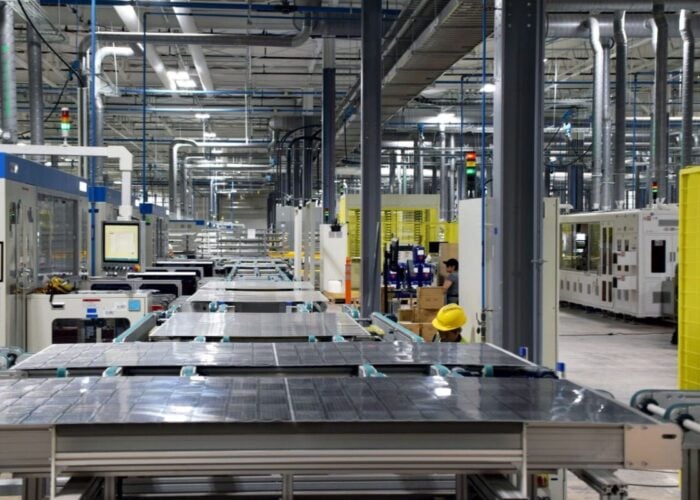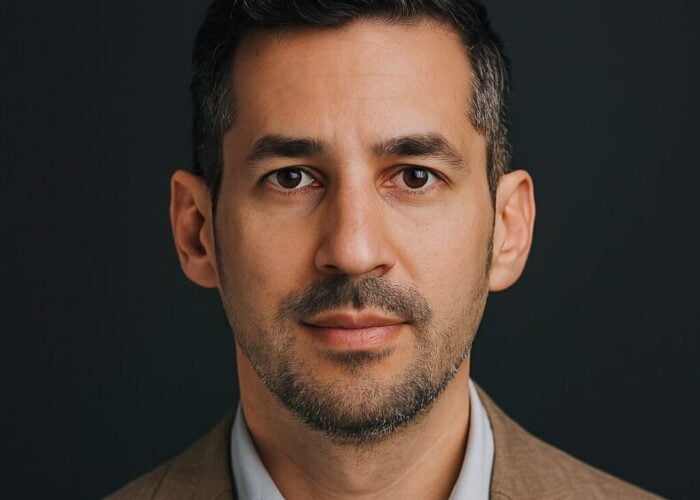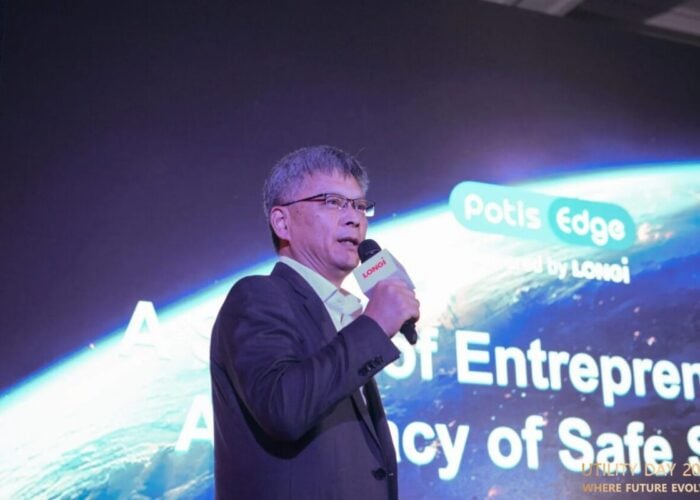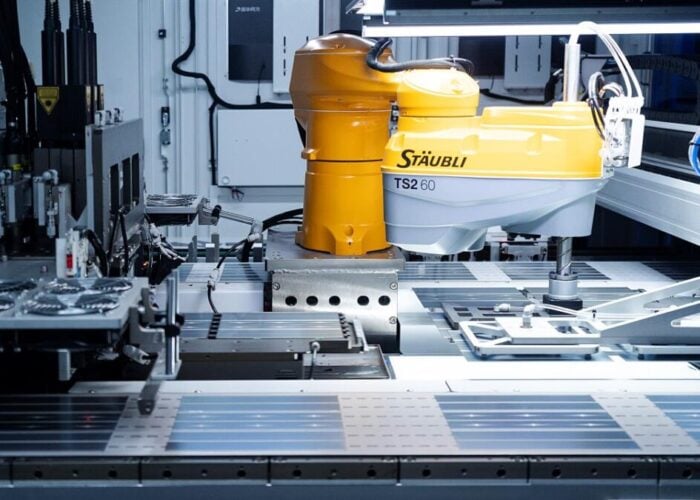
It was a long time coming but on Monday evening, Yingli released its annual report. Financials had been released separately at the tail end of last week offering some insight to the company’s fortunes as it looks to navigate an extremely tricky cashflow situation.
The detail provided in the 267 pages of the annual report offers more insight into the lengths the company is going to in order to continue operations.
Try Premium for just $1
- Full premium access for the first month at only $1
- Converts to an annual rate after 30 days unless cancelled
- Cancel anytime during the trial period
Premium Benefits
- Expert industry analysis and interviews
- Digital access to PV Tech Power journal
- Exclusive event discounts
Or get the full Premium subscription right away
Or continue reading this article for free
The sale of land for the expansion of its polysilicon facilities was well documented as was the sale of downstream project assets in China and overseas.
Of more interest, and perhaps concern, is that the company has sold portions of its factory equipment to third parties and is leasing it back. The annual report states that Yingli is now RMB175 million (US$26.8 million) behind in those repayments. That figure may pale in comparison to the company’s overall indebtedness (it defaulted on bond repayments due on 12 May).
In a further effort to reduce operating costs, the annual report reveals that more than half of Yingli’s ingot and wafer capacity is being run by third parties that are then selling the output to Yingli.
Elsewhere in the Yingli manufacturing complex, the company is producing cells and modules as an OEM with RMB389.5 million (US$59.7 million), or 3.9% of the company’s revenue derived from the production of cells and modules for others. The move was “in order to improve the utilization rate of our production capacities”.
These are far from ideal ways to operate and in the process of freeing up cash, Yingli is ceding profit margin and losing control of its manufacturing assets. The company is clearly working hard to address its cashflow issues, the question is at what cost. If cuts at the company buy it time to find a new investor or secure fresh financing, it will be worth it.
Projects
Downstream, the annual report confirms that 200MW of its 600MW domestic pipeline have been completed but further projects are on hold owing to delays in payments of subsidies.
“With due consideration of our cash flow challenges, we decided to suspend new downstream development business in China from September 2015 until we regain a healthier financial position. Accordingly, we continued to accelerate the disposition of our downstream PV projects in China in order to collect funds related to our downstream business,” it says.
Overseas, we learn that 70% of Yingli’s 400MW of international projects are in Africa. All in all, 73MW of its non-China based projects are completed and will be sold in the remainder of 2016 and into 2017.
Employees
The company has also fallen behind with payments to its employee social insurance and housing provident funds. The annual report puts these overdue payments at RMB80 million (US$12.3 million). Penalties for this are administered by local governments with the insurance penalty at 100-300% of the outstanding amount and the housing penalty at 300-500%. The company intends to “gradually” make these payments throughout 2016 and local authorities have not expressed any desire so far to further burden the company. The possibility of claims being brought by employees remains on the table however.
As of 31 December 2015, the company had a headcount of 14,533 compared to 17,912 at the end of 2014. Manufacturing and manufacturing support roles totalled 11,256 compared to 13,525 at the end of 2014. R&D jobs fell to 800 from 1,024 the previous year.
Drastic changes were required at Yingli and there can be no doubt that the company is going to great lengths to save cash and make the most of its facilities. But with sliding R&D investment, a pause on in-house projects to supply and the ceding of manufacturing assets, there is a danger that in all its efforts to save itself, the company that emerges from the other side could be dramatically diminished.






